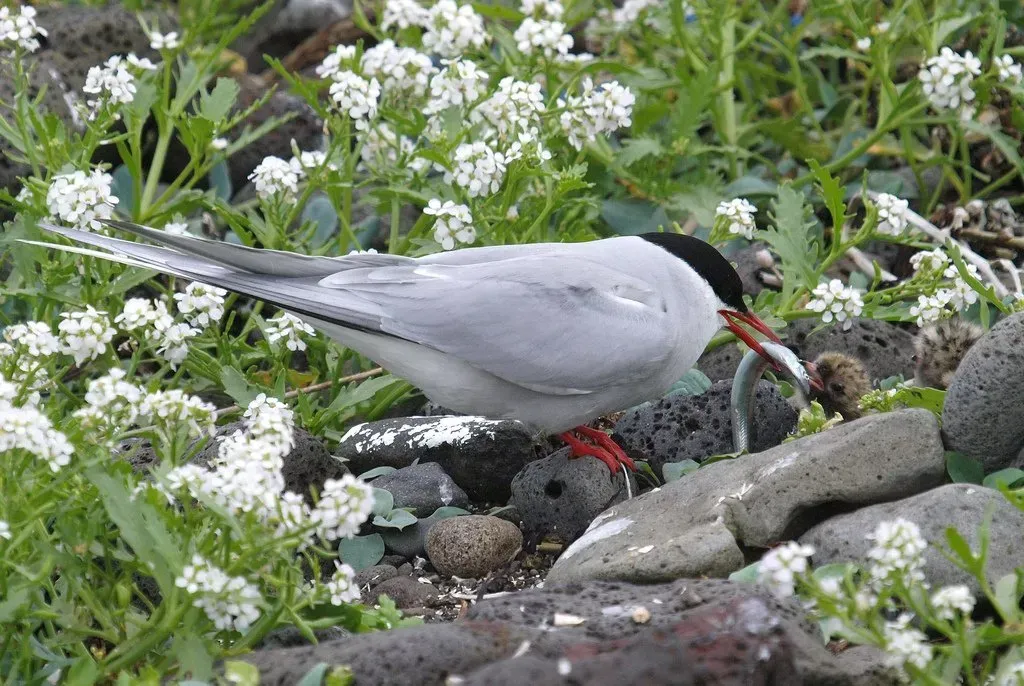The Long Nanny
Every April the beach here at the Long nanny burn ,south of Beadnell, is home to a spectacular colony of arctic tern, with smaller numbers of little tern and ringed plover.
National Trust
The National trust operates a round the clock watch and there is a small observation platform.The long nanny burn can be approached from either the north at Beadnell (caravan park) or from the south by taking the small road north east at Newton (see low Newton) - park at the car park at Newton Links House (pay and display).
Climbing a stile, follow the track that runs north keeping the area of dunes to your right and fields to your left.Eventually this path arrives at a footbridge crossing the Nanny Burn.From here the National trust information hut and tents belonging to NT volunteers should be visible, make your way towards the hut, scanning the small estuary area for little tern as they prefer this area.
April - July: Large (mainland) breeding colony of Arctic tern with smaller numbers of Little tern. An American Black tern has been present for the past few years. Check the Nanny burn for passage waders and regular little gull.
Little interest in winter although flocks of twite and snow bunting are usually present right along the Northumberland coast and there is always a chance of seeing birds of prey such as merlin, peregrine or short-eared owl.
Check out Mike's sound recording of the terns below.
All year: Kestrel, Stonechat, Skylark, Ringed plover, Reed bunting, thrushes and finch flocks.
Birds you may hear at The Long Nanny
Best visited in May / June when the tern colony is active. There's no entry charge and National trust wardens will be on hand to show you the birds.



